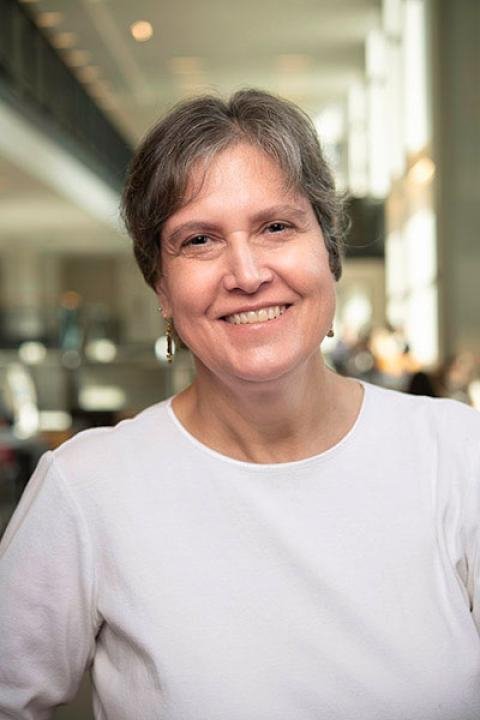An interview with UNH journalism professor and Lisa Miller
By Rhianwen Watkins, Granite State News Collaborative
Lisa Miller is an associate professor of journalism at the University of New Hampshire. She teaches classes in newswriting, feature writing, editing and digital storytelling and oversees students’ internships. In her classes, she teaches students how to report transparently and detect misinformation and bias in the news.
Q: As someone who educates young adults going into journalism about media bias and transparency, what are some things you would advise young voters to look out for when consuming news surrounding the elections? How can they decipher whether something is biased?
Lisa Miller: I tell students to look for words that have a negative connotation or color to them. There’s a reason why journalists use the verb “to say” so much when quoting people in news stories. An attribution like “claimed” has color; it indicates the listener didn’t believe the speaker. Journalists shouldn’t tell you how to think about something someone does or says. They should just tell you what was done or said. They should also cover all sides of an issue fairly. Beware of false balance, though — if all the scientific evidence backs up one side of an issue, the other side shouldn’t be treated equally. Young news consumers should also see if stories report fairly on all sides of an issue.
Q: Similar to bias, how can we look out for misinformation and catch it when we see it? What are some main points as a journalism professor that you would teach your students about catching misinformation or disinformation?
Lisa Miller: You have to be a very active consumer of news these days. That means really looking at the sources of information in a story.
Lisa Miller photo courtesy UNH
First, if it’s not clear in a story where information comes from, that indicates a problem with the story. Journalists must be transparent about where they get their information. Also, are the sources in the position to have firsthand knowledge about the subject of the story? Does the reporter give you enough information so you can decide if the source is really knowledgeable about the subject of the story? Does the source’s background indicate a bias about the subject?
Q: With the rise of artificial intelligence, we have seen fake images of political candidates, robocalls, etc. How can people avoid AI-generated misinformation, especially as we are seeing AI gradually producing more realistic content?
Lisa Miller: I’m not an expert on AI, but if something seems weird or impossible, it might be faked. News consumers need to try to figure out where a photo or video is coming from. Who posted it? Is the person in a position to know firsthand what happened? Is the source someone you’ve gotten reliable information from in the past? Are reputable news outlets, such as The Washington Post, publishing the photo or video? If not, it may not be real.
Q: Is there anything else you feel is important for first-time voters to know/consider going into election season when it comes to catching misinformation or bias that perhaps only tells one side of the story?
Lisa Miller: Young voters should get their news from more than one source. That way, if there is bias in reporting on something, they are reading or listening to or watching different sources report the same news and can see through that bias.
These articles are being shared by partners in theGranite State News Collaborativeand the Know Your Vote youth voter guide. The Know Your Vote youth voter guide project was designed, reported and produced by student and young professional journalists from The Clock, Concord Monitor, The Equinox, Granite State News Collaborative, Keene State College, Laconia Daily Sun, Monadnock Ledger-Transcript, Nashua Ink Link, and The Presidency and the Press program at Franklin Pierce University. You can see the full guide at www.collaborativenh.org/know-your-vote.

